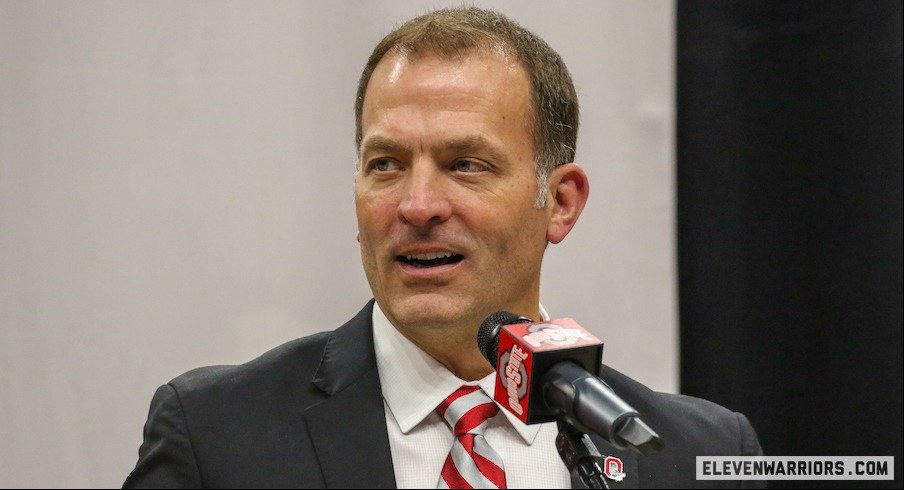Ohio State Drops a Bombshell: $18 Million in Athlete Revenue Sharing Begins—But Only Four Sports Make the Cut
In a move that could ignite celebration, controversy, and campus-wide curiosity all at once, Ohio State University has officially taken its first massive leap into the new frontier of college athlete revenue sharing—and it’s not holding back.
Starting in the 2025–26 season, the Buckeyes will dish out a staggering $18 million directly to athletes… but here’s the twist: only four sports will get a slice of the gold.
Who Gets Paid? The Chosen Four
At the epicenter of this seismic shift are the programs you’d expect to be on the front lines of college sports’ financial revolution:
- Football
- Men’s Basketball
- Women’s Basketball
- Women’s Volleyball
That’s it. Four teams—out of Ohio State’s massive 36-sport empire—are getting the nod for the first wave of compensation in a post–House v. NCAA world. And make no mistake, this isn’t just a pay raise—it’s a paradigm shift.
Announced by athletic director Ross Bjork during a press conference that shook the collegiate landscape on Thursday, the plan plants Ohio State firmly on the cutting edge of revenue revolution.
The Numbers, The Strategy, and the Controversy
The NCAA settlement sets a $20.5 million annual cap for each university’s revenue-sharing pool. But thanks to a technicality involving scholarship expansion—Ohio State added 91 scholarships across 36 sports—that figure shrinks to $18 million for the Buckeyes.
And now, the big question: How will that $18 million be divided?
Bjork remained tight-lipped, refusing to reveal the sport-by-sport breakdown. However, he emphasized that the division will be based on “metrics”—which likely include a blend of revenue generation, viewership, attendance, performance, and perhaps even social media reach. Translation: football will probably command the lion’s share.
“Let’s not kid ourselves,” a Big Ten insider told Eleven Warriors. “This is about rewarding the engines of the empire. Football prints the money, men’s hoops amplifies the brand, and the rest are there to balance the books and the laws.”
And by “laws,” they mean Title IX. The inclusion of women’s basketball and women’s volleyball is widely seen as both a strategic nod to gender equity and a legal requirement to ensure compliance. But while that move might keep Ohio State out of courtrooms, it may not silence the growing cries from athletes in Olympic sports, wrestling, baseball, track, or swimming who are left out of this first round.
The Buckeyes Just Set the Bar
Love it or hate it, Ohio State is now the blueprint for revenue sharing in the modern collegiate era. This is no longer a theoretical debate—it’s a financial war plan, rolled out in real time, and every athletic department in the country is watching like hawks.
“This is about sustainability, about staying elite, and about making sure we’re not just reacting—but leading,” Bjork declared. “We are going to do what’s right by our athletes, and we’re going to do it strategically.”
Strategically… but also selectively.
Critics are already questioning the fairness of concentrating such an enormous payday into only four sports—especially when dozens of other athletes train just as hard, compete just as fiercely, and wear the same “Ohio State” crest on their chests.
Why not women’s soccer? Why not wrestling? Why not gymnastics?
For now, Bjork’s answer is metrics. But the debate is just beginning—and the power dynamics within college athletic departments may never be the same again.
What’s Next?
As lawsuits, legislative threats, and billion-dollar media deals continue to collide, the future of college sports is transforming in real time. Ohio State just made the boldest move of all—and it’s sure to spark admiration, resentment, legal battles, and recruiting wars all across the nation.
One thing is certain: the age of amateurism is dead.
And Ohio State? They’re not just walking into this new world…
They’re driving the train. Buckle up.

